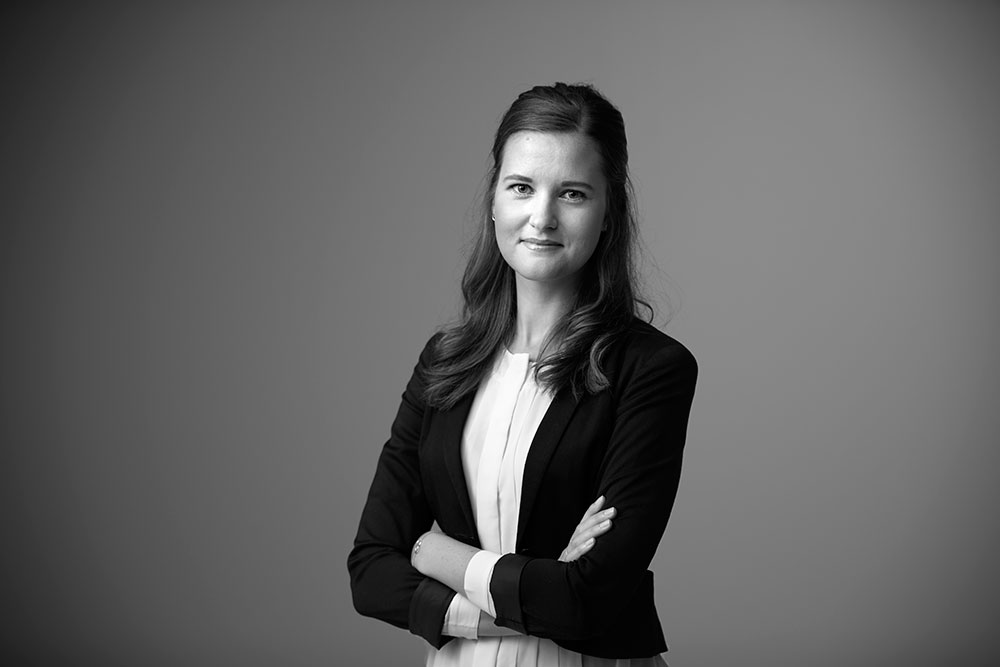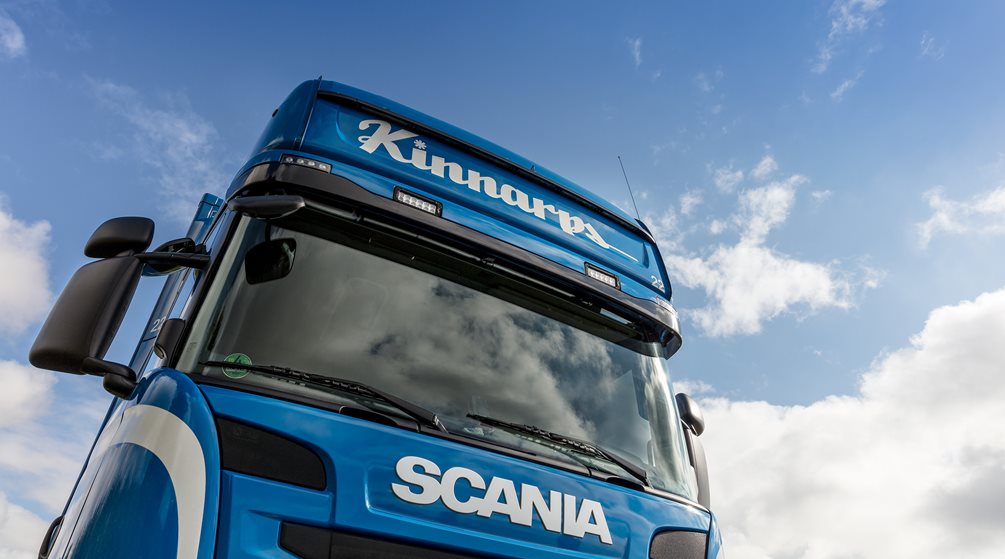Kinnarps is continuing its commitment to sustainability initiatives and has reached its targeted emission goals earlier than planned according to the company’s new sustainability report published today. “We want to increase customer benefit. It should be easy for our customers to make sustainable choices and to make economical use of their human and material resources,” says Sustainability Manager Johanna Ljunggren.
The 2018 Sustainability Report covers all the brands of the Kinnarps Group – Kinnarps, Drabert, Materia, Martin Stoll, NC Nordic Care and Skandiform. It describes Kinnarps’ sustainability initiatives from a holistic perspective, focusing on how the Group contributes to the UN’s global goals. Among several improvements presented, the report shows that Kinnarps has reached its goal to reduce climate-impacting emissions earlier than planned.

New reduction target : 35% in 2020
“Our goal was to reduce emissions by 20% by 2020 compared with the base year 2014. Our result this year is 22%. We are now setting the ambitious new target for 2020 of reducing our emissions by 35%. A major contributory factor to our success is that we have replaced LPG with district heating at our production site in Jönköping,” Johanna Ljunggren explains.
Kinnarps’ proprietary logistics system is unique on the market, already enabling a 50% increase of load compared to the industry average. During 2018, Kinnarps took the next step in the development, initiating a project in collaboration with Volvo and the Swedish Transport Agency. Allowing longer vehicles with three transport boxes instead of two, the High Capacity Transport project results in increased cargo volume and less environmental impact.
New circular business models
“There is a strategically important connection between our sustainability work and our business plan. Making economical use of human and material resources is common sense and a win-win for everyone: for our customers, for our suppliers and for us,”says Johanna Ljunggren.
“In order for our customers to be really convinced that sustainable choices are both simple and economically smart, we have to offer a concrete business benefit. Therefore, in 2018 we intensified our work with developing new circular business models that enable customers to renovate and reuse our furniture in their projects. The furniture industry needs new sustainable business structures – and our ambition is to be a leader in that development.”

